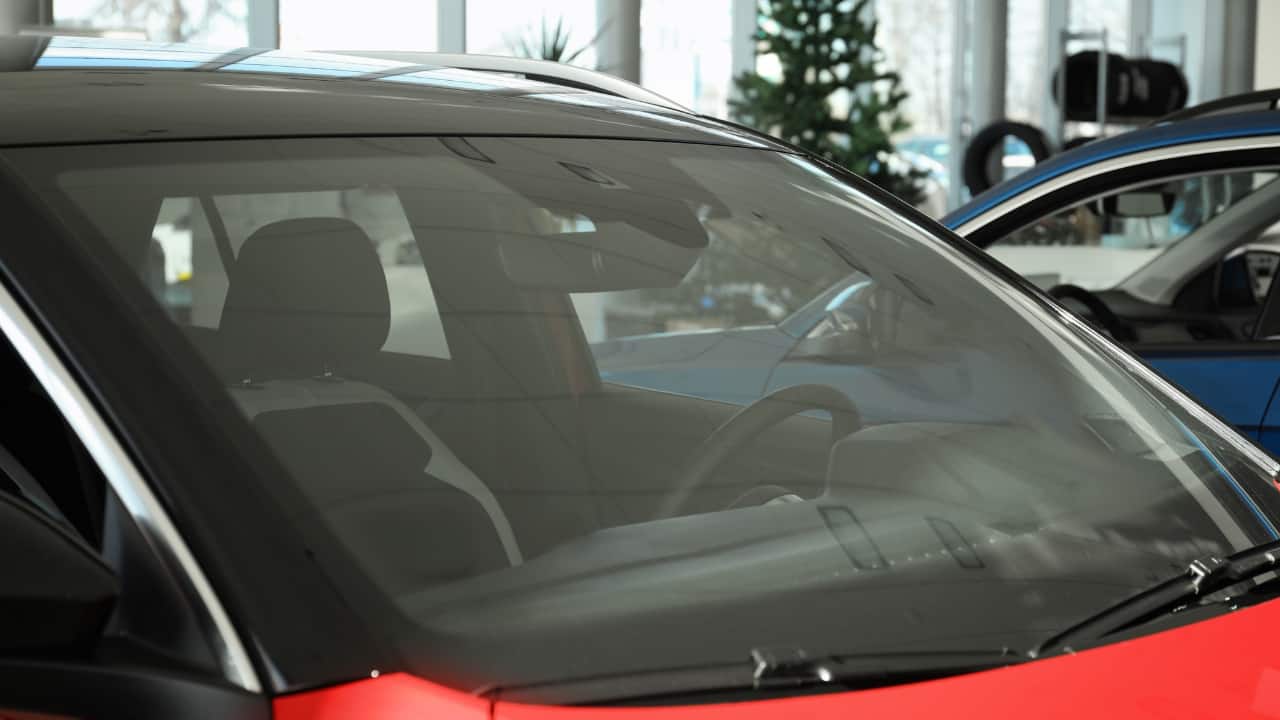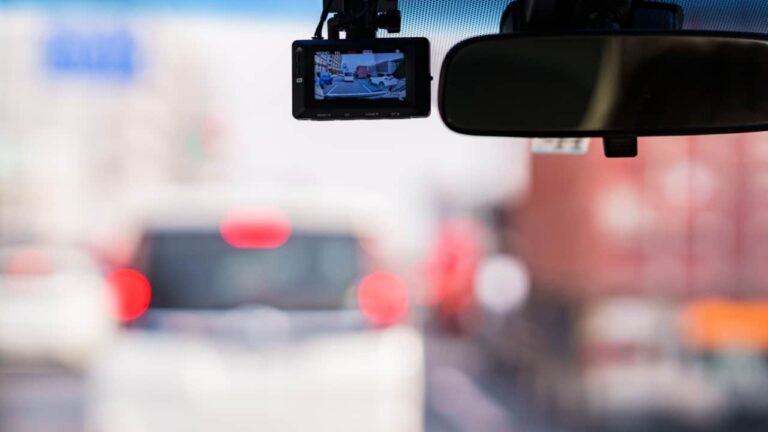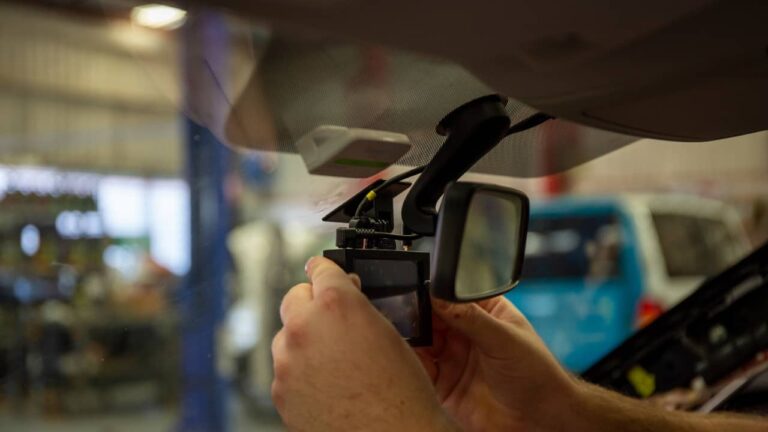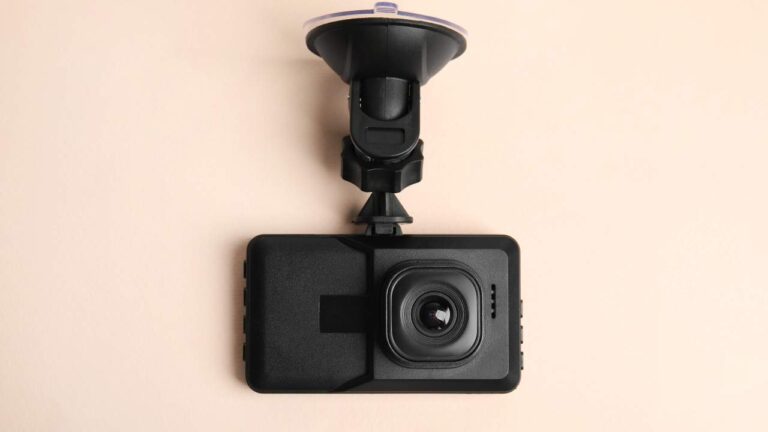Can Dash Cam See Through Tinted Windows? Explained

When you purchase through links on our site, we may earn an affiliate commission.
If you’re considering installing a dash cam in your car, you may be wondering whether it can see through tinted windows. Dash cams are becoming increasingly popular as they provide drivers with a sense of security and help to capture evidence of accidents or incidents on the road. However, if you have tinted windows, you may be concerned that the camera won’t be able to capture clear footage.
The short answer is that it depends on the type of tinting you have on your windows. Most dash cams are designed to work with standard window tinting, which is usually around 30% to 40% tint. This means that the camera should be able to capture clear footage through the tinted glass. However, if you have a darker tint, such as 20% or less, the camera may struggle to capture clear footage, especially in low light conditions.
Fundamentals of Dash Cam Functionality
When it comes to dash cams, there are a few fundamental features that make them effective in capturing footage. Dash cams are essentially small cameras that are mounted on the dashboard of a vehicle and record the road ahead. Here are some key factors that contribute to the functionality of a dash cam:
Video Quality
The video quality of a dash cam is determined by its resolution, which is measured in pixels. Higher resolution cameras capture more detail and produce clearer footage. Most dash cams on the market today have a resolution of 1080p, which is considered to be high definition. Some dash cams even offer 4K resolution, which is the highest quality available.
Field of View
The field of view refers to the area that the dash cam can capture. A wider field of view means that the camera can capture more of the road ahead. Most dash cams have a field of view between 120 and 170 degrees. A wider field of view is generally better, as it allows you to capture more of what is happening on the road.
Night Vision
Many dash cams come equipped with night vision capabilities, which allow the camera to capture footage in low-light conditions. This is especially useful if you do a lot of driving at night or in areas with poor lighting.
Motion Detection
Some dash cams have motion detection capabilities, which means that they will start recording automatically when they detect movement. This is useful if you want to capture footage of someone breaking into your car or if you are involved in an accident and are unable to manually start the recording.
Tinted Windows
One question that many people have is whether or not dash cams can see through tinted windows. The answer is that it depends on the level of tinting. Most dash cams are able to capture footage through lightly tinted windows, but if the tinting is too dark, it may be difficult for the camera to see through. It’s important to check your local laws regarding window tinting, as some states have restrictions on how dark your windows can be.
Tinted Windows and Visibility
If you’re considering installing a dash cam in your car, you may be wondering if it can see through tinted windows. The short answer is that it depends on the level of tinting and the quality of the camera. In this section, we’ll explore the effects of tinting on dash cam recording and the legal aspects of tinted windows.
Effects of Tinting on Dash Cam Recording
Tinted windows can affect the visibility of a dash cam, especially in low-light conditions. The darker the tint, the less light can pass through the glass, which can result in a lower quality recording. However, some dash cams are designed to work well in low-light conditions and may still be able to capture clear footage through tinted windows.
Another factor to consider is the angle of the camera. If the camera is mounted too high or too low, it may not be able to capture the full view through tinted windows. It’s important to choose a dash cam with a wide-angle lens and to mount it in a position that provides a clear view of the road ahead.
Legal Aspects of Tinted Windows
The use of tinted windows is regulated by law in most states. The level of tinting allowed varies depending on the state and the type of vehicle. In general, front side windows must allow at least 70% of light to pass through, while rear side and back windows can be tinted darker.
It’s important to check the laws in your state before installing tinted windows or a dash cam. In some states, it may be illegal to install a dash cam that obstructs the driver’s view or that records audio without the consent of all parties involved.
In conclusion, while tinted windows can affect the visibility of a dash cam, it’s still possible to capture clear footage through tinted glass. It’s important to choose a high-quality dash cam with a wide-angle lens and to mount it in a position that provides a clear view of the road ahead. Additionally, it’s important to be aware of the laws regarding tinted windows and dash cams in your state to avoid any legal issues.
Dash Cam Technology Advancements
As technology continues to evolve, dash cams have become more advanced and capable of capturing high-quality footage. In this section, we will explore some of the technological advancements that have made dash cams more effective in different lighting conditions.
Infrared Capabilities
One of the most significant advancements in dash cam technology is the addition of infrared capabilities. Infrared technology allows the camera to capture footage in low light or complete darkness. This is particularly useful for drivers who frequently drive at night or in poorly lit areas.
Dash cams with infrared capabilities use infrared LEDs to illuminate the area in front of the camera, making it possible to capture clear footage even in complete darkness. This technology is especially useful for capturing footage of accidents or incidents that occur at night.
Low Light Performance
In addition to infrared capabilities, many dash cams now have improved low light performance. This means that they are better able to capture clear footage in low light conditions, such as at dusk or dawn.
Low light performance is achieved through a combination of hardware and software improvements. Many dash cams now have larger image sensors, which allow more light to enter the camera and improve image quality. Additionally, software algorithms can enhance the footage captured in low light conditions, making it clearer and more detailed.
Overall, these technological advancements have made dash cams more effective at capturing high-quality footage in a variety of lighting conditions. Whether you frequently drive at night or in poorly lit areas, or simply want to ensure that you have clear footage of any incidents that occur on the road, a dash cam with infrared capabilities and improved low light performance is a worthwhile investment.
Conclusion
In conclusion, dash cams can see through tinted windows to some extent. The level of visibility depends on the type and quality of the tint, as well as the position of the camera and the lighting conditions.
If you have a high-quality dash cam and the tint on your windows is not too dark, you should be able to capture clear footage of the road ahead and the surrounding area. However, if the tint is too dark or the lighting is poor, the footage may be blurry or distorted.
It’s important to note that some states have laws regarding the level of tint allowed on car windows, so it’s important to check your local regulations before installing tinted windows. Additionally, some dash cams may not be legal in all states, so it’s important to research and choose a dash cam that complies with your local laws.
Overall, while dash cams can see through tinted windows to some extent, it’s important to consider the type and quality of the tint, as well as the position of the camera and the lighting conditions, when choosing a dash cam and installing tinted windows.





